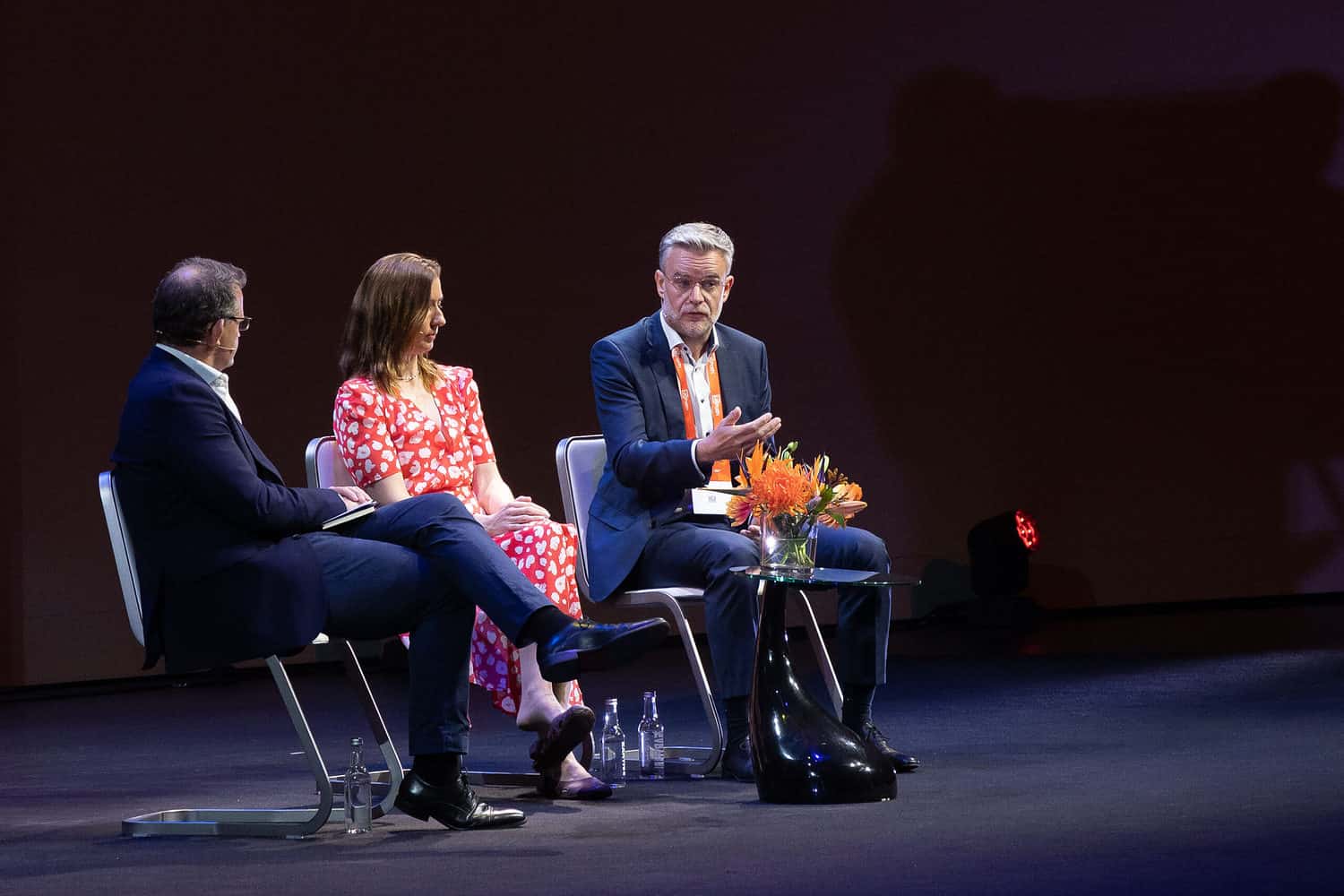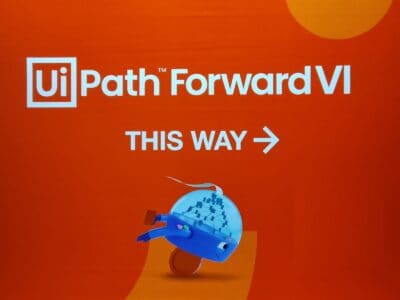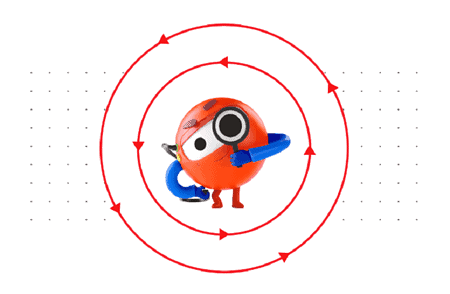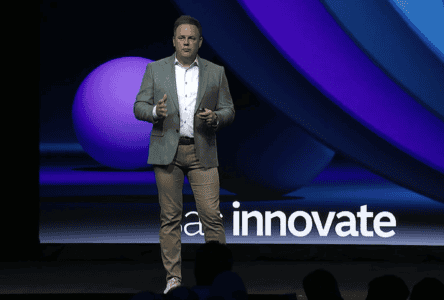Belgian developer and supplier of lightweight building materials is following a clear automation path toward the future.
RPA can bring many gains in efficiency. That in itself is nothing new. In fact, it’s the main reason RPA exists. However, it is not always easy to start. But it is very important to do it right in order to achieve the goals an organizations has. We published an article about how to do that in practice a year ago. The main conclusion of that article was that ideally you should take some set steps to get started with RPA. At Etex, they understood that well, we can say based on a conversation we had with Bert Schoofs, the head of applications at the Belgian family-owned company.
Part of larger program
With a turnover of more than three billion euros, Etex is a major player in the market segment (that of dry and lightweight building materials) in which it operates. However, it is also an old company that has pursued a fairly active M&A strategy since 1900. That inevitably results in rather complex processes, which cost a lot of time and thus money. That is why Etex started its One Etex program about 15 years ago. This is an organization-wide program to get all the different parts of the company as aligned as possible. Automation in the broadest sense of the word plays an important role in this. To do this, Etex uses multiple vendors and technologies, including UiPath.
When asked why Etex started using the UiPath platform, Schoofs gives three reasons. First, there is obviously the desire to start working more efficiently and thus to better organize repetitive work. He specifically zeros in on the SAP ERP backend that Etex uses. For example, employees add attachments to SAP on a regular basis. That takes a lot of time. This is time Etex would rather invest elsewhere. In addition, even good employees make mistakes, something an RPA bot does not do. Accuracy was therefore the second reason for Etex to start with RPA and UiPath. The third reason Schoofs gives is that Etex wanted to work more digitally in general. It was the first step for Etex toward intelligent hyperautomation.
From small to large
So Etex started relatively small with the deployment of RPA. Remarkably, IT didn’t set it up. “It was introduced in 2019 by the head of our shared service centers, it was not pushed by IT,” Schoofs points out. Of course, there was also a strong desire from C-level at Etex to get started with it, he adds. That really is a hard condition to be successful with this kind of initiative.
The next step in Etex’s RPA journey was to further professionalize the initiative. That’s why IT picked it up in 2020. This meant, among other things, that they setup an automation team. In addition, Etex worked with Cognizant to align this initiative with the other digital initiatives within Etex. The latter is obviously also very important, otherwise the various initiatives will get out of sync. That will not benefit efficiency down the line.
After laying the foundation in 2020, Etex could scale up the deployment of RPA in 2021. “The goal was to set up 100 automation cases per year,” Schoofs says. To do that an organization has to encourage its employees to get with the program as much as possible. In order to achieve this, Etex pulled all the stops. It employed gamification in the form of hackathons to create as much awareness as possible within the company, for example. The intention was that no one should feel left out of this process. That is why they also developed an idea generation app for the employees. “This way we give everyone a chance to submit new ideas,” Schoofs says. Before long, there were 100 ideas for automation cases.
At this point, Schoofs does nuance the role of IT in this process somewhat, by the way. Of course IT is important to make everything possible, but the continuous monitoring and assessment of the progress of the initiative should not be done by the IT department. That doesn’t work according to him. Etex has a central business team for this, operating from the so-called Enterprise Capability Center. “They make the business cases, IT assesses the best platform for this and then delivers the solution,” he points out.

Qualitative approach
When you hear about organizations automating processes, the question of what this means for the employees of those organizations also quickly comes up. In other words, what is the organization’s business case? At Etex, this was overwhelmingly qualitative, Schoofs points out, not quantitative. It is about working more efficiently and accurately, not so much about cutting costs, for example by laying people off. If it were purely about costs, RPA does not necessarily have a good story. “It’s not cheap,” Schoofs confirms. He also explains why it pays off for Etex anyway: “We gain 1,200 hours on a monthly basis.” This means that the TCO is attractive to Etex.
Of course, they keep track of which of the roughly 120 processes Etex currently has automated pay off best. From that, Schoofs has drawn some lessons. The main one is that the number of really successful cases is around 50-60. The rest of the 120 cases are somewhat less successful. This is not surprising, however, he points out: “Cases were also provided to meet the target of 100 cases in the first year.” At first glance, that doesn’t seem to make much sense, but it does have a function. “Ultimately, it is a matter of cultivating the right mindset within the organization,” he states. To do that, you have to start with a certain volume, to get as many employees as possible to start working with it. It’s inevitable that not all of the cases will produce a satisfactory result, but that does not matter so much.
Implementation in fits and starts
The implementation of RPA within Etex has not always been easy. That’s not surprising, because it was something completely new. That means that things have to be set up from the ground up, and from the center outward. Within Etex, this center was the Enterprise Capability Center. Etex also created one full time position for someone to coordinate the whole thing and drive this initiative within Etex. In addition, a partnership with the IT side of Etex had to be established, which we briefly mentioned above. That may not sound very complicated, but this involves getting internal IT people to deal with end-to-end processes.
All in all, professionalizing the organization together with Cognizant took a year. Schoofs describes this whole process as “relatively laborious”. By this he refers not so much to the cooperation with Cognizant, but mainly to setting up Etex’s own organization. They had to set up a DevOps team, which is now running well, but obviously did not do so from day one either. In total, it took more than a year before the delivery organization within Etex was in place. They actually had no internal competence in RPA and everything that comes with it when they started it. They were very dependent on Cognizant for that in the beginning. Now there is a product owner within Etex who is end-to-end responsible. So that dependency is already less, while it has strengthened the partnerships with UiPath and Cognizant, according to Schoofs.
RPA will continue to be valuable and meaningful
Putting RPA and automation in general on the map within an organization is only a first step. The next step is to anchor it properly within the organization. As the most important cases have been picked up in the initial push for 100 cases, you can’t expect to reach that number the following year. Schoofs has seen that too. However, RPA will remain necessary toward the future, he believes. If only because of Etex’s active M&A strategy. That ensures that many different systems and environments must continue to be tied together.
Besides the drying up of critical business cases for RPA, there is something else going on around RPA. “Often it’s about interim fixes until something better is developed,” Schoofs explains. Organizations traditionally use RPA to incorporate systems and applications into processes that do not have the ability to connect and communicate via APIs. These will be around for quite some time, so RPA will certainly continue to be useful for a long time, he adds. However, it is important to keep a close eye on the dependency on a bot. “If it gets too big, then a better application may be needed,” according to him. This new application will then almost certainly be able to use APIs to interface with other applications and systems.
Overall, Schoofs sees a lot of future in RPA, if only because there will always be situations that can only be solved via RPA. This has largely to do with the illusion of an ideal architecture. “You will always keep chasing that, especially if you have an active M&A strategy,” is his belief. As long as that is the case, RPA will remain relevant.
From rule-based to intelligent
In this article, we have talked mostly about RPA as we have known it for years now. But that type of RPA is not what it is about anymore for vendors such as UiPath. RPA increasingly becomes part of a platform. This platform approach from UiPath appeals to Schoofs, he indicates. It is part of the vision he has towards the future. He wants to go beyond the traditional rule-based automation that RPA basically is. It is certainly useful, as we have already seen, but it is not hugely intelligent. Looking toward the future, Schoofs wants to have a digital assistant for every knowledge worker within Etex. In other words, he wants to move from rule-based to intelligent automation.
Etex is currently at a tipping point between rule-based and intelligent automation, Schoofs points out. They now also want to start looking at things like process mining, task mining and desktop automation. A PoC has already been done around process mining with UiPath and Cognizant. Whether they are actually going to invest (immediately) in these other components of UiPath’s platform is currently still a discussion going on internally. Schoofs clearly is in favor of this new direct. That’s not just because he wants to do new things. It’s also a necessity if you really want to move toward intelligent automation and give employees an intelligent digital assistant.
Any move from rule-based to intelligent will undoubtedly bring challenges for Etex as well. Based on his experiences with UiPath (and Cognizant), Schoofs views these challenges with confidence. “UiPath has a good support structure, it helps when needed and also helps to look toward the future, without an aggressive sales approach,” he sums up. His experiences with UiPath are therefore very positive, even though this partnership also took some time to establish properly. According to Schoofs, UiPath is also proactively working on the transition to intelligent automation. That gives him the confidence to take up this challenge together.



















